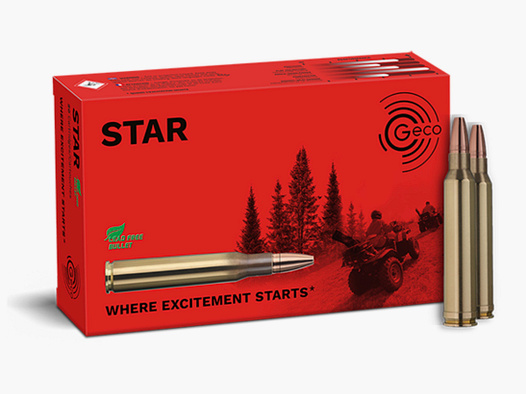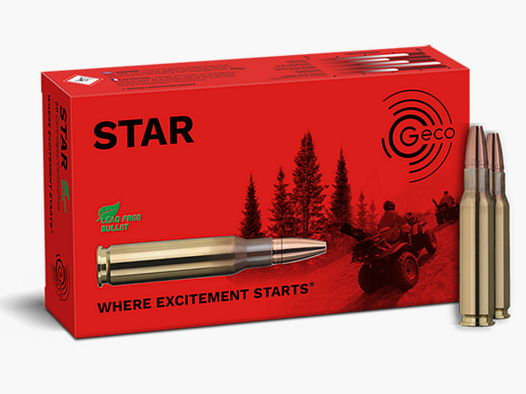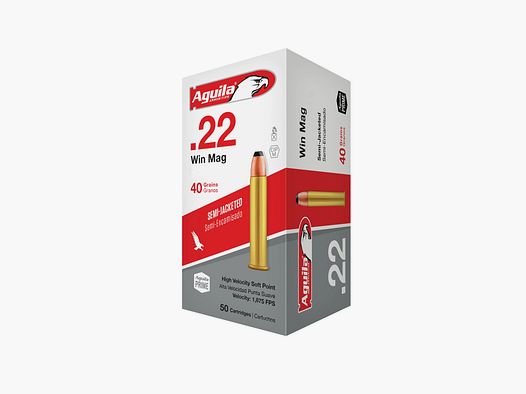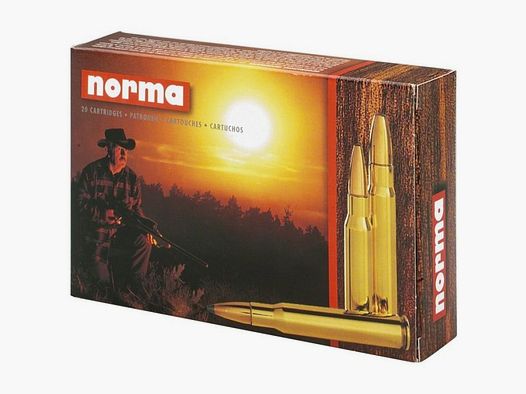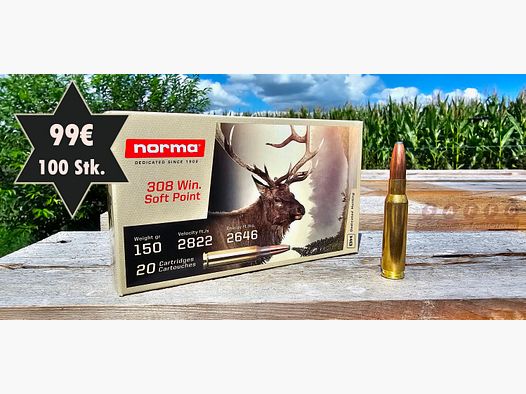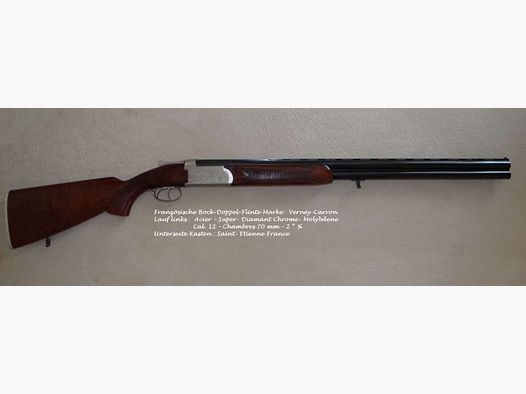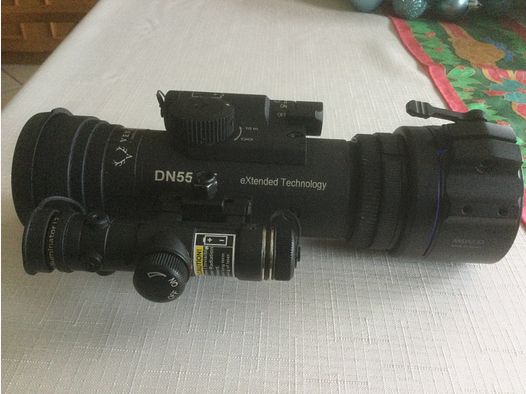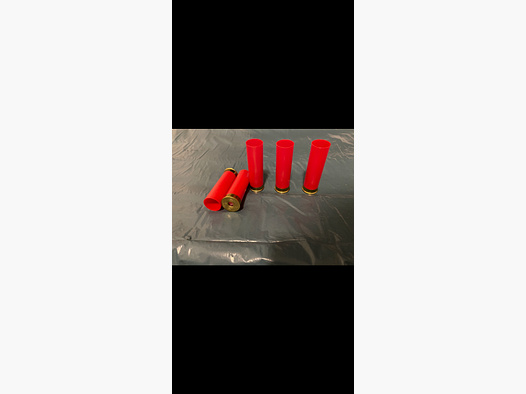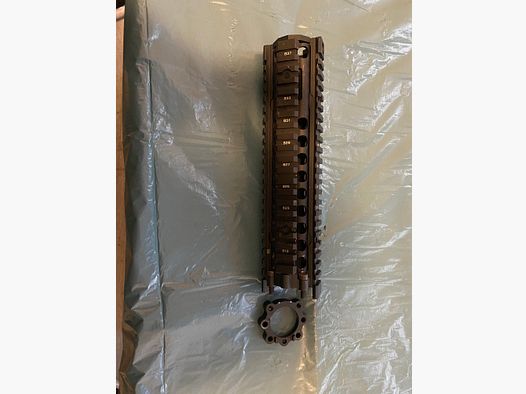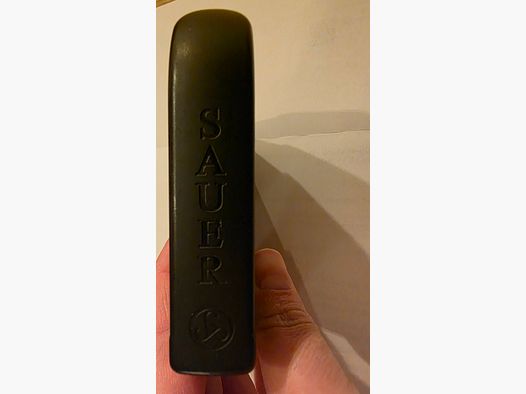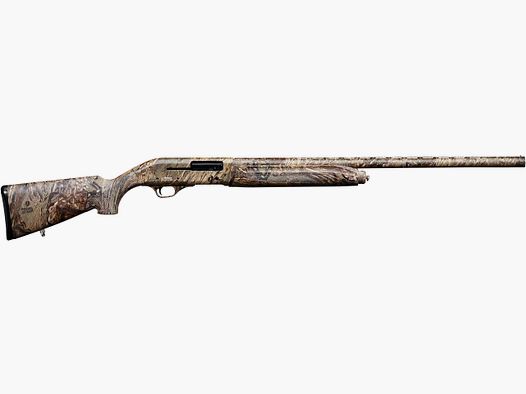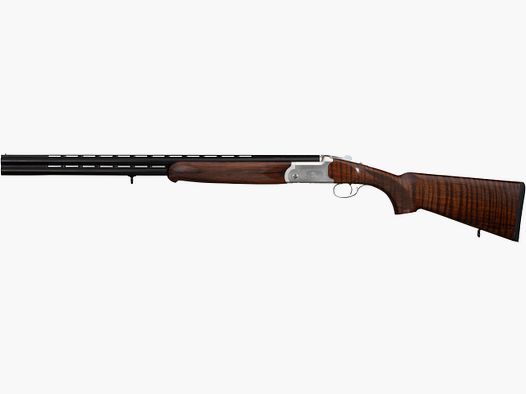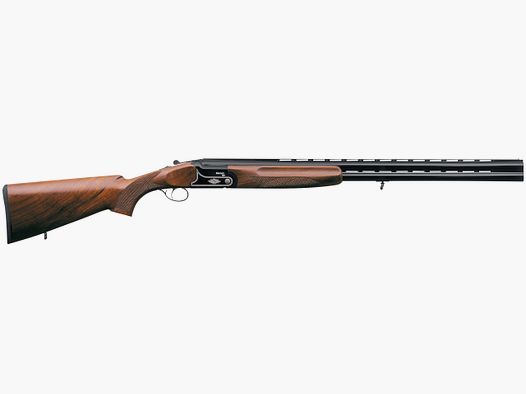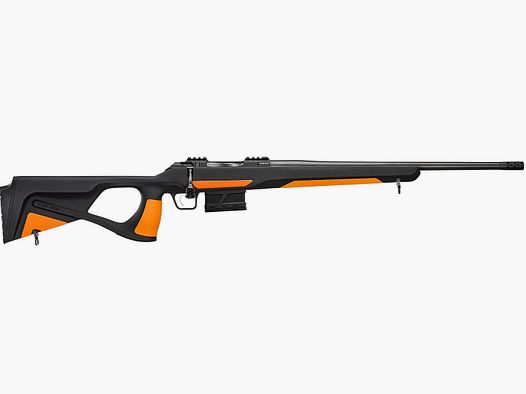Controlled expansion or deformation bullet?
In hunting ammunition, it is essential that the projectile causes as much destruction as possible after penetrating the game body. Ideally, the animal is quickly and painlessly taken down and lies without a run after the shot. On the other hand, the bullet should still have enough residual energy to exit the game body - meaning it should not release all its energy within the game. Bullets that fulfill this purpose can be summarized under the term expanding bullets. These include soft point, controlled expansion, and deformation bullets, as well as monolithic deformation bullets. In some foreign countries, full metal jacket bullets are also used for hunting, but here they are almost exclusively used for hunting predators.
Expanding bullets increase their cross-section in a controlled manner upon impact to unleash a high energy transfer within the game body. At the same time, they should ensure penetration and exit.
Soft point bullets
Soft point bullets are very popular among hunters, mainly because they are traditional and usually relatively inexpensive. However, these bullets often fragment in the game body, sometimes before reaching the vital organs. Heavy soft point bullets are long, fly relatively slowly, and have a high cross-sectional load, which means they do not immediately fragment in the game body. Lighter bullets fly faster and must be built more robustly to avoid immediate fragmentation upon high impact. Therefore, the load development should align with the caliber. As a rule of thumb: No overly light bullets for strong (or even Magnum) calibers.
Controlled expansion bullets
A controlled expansion bullet consists of two parts, with the front part breaking into several fragments upon impact. The remaining rear part, also called the "bullet bolt," is supposed to fly mass-stably and ensure exit from the game body. In theory, the bullet bolt penetrating the game body should create a suction that pulls the fragments out of the game body. However, in practice, it can happen that fragments of the projectile remain in the game meat. Because of this, and because the penetration effect achieved by the bullet bolt is controversial among hunters, controlled expansion bullets are the least used type of bullet. They are also often associated with excessive game meat degradation.
Deformation bullets
Deformation bullets are bonded jacket-core constructions. The bonding ensures that the jacket and core are firmly connected and do not separate within the game body. The bullet is mass-stable, meaning it remains in one piece and mushrooms while penetrating the game body.
By monolithic bullets, we mean bullets whose core (with or without lead) is made from a single piece. There are also two-chamber bullets, which contain two lead cores within the bullet jacket. The front core is welded to the jacket and mushrooms in a controlled manner up to the midsection. However, the rear lead core is not bonded to the jacket and, due to inertia, moves forward within the jacket upon impact, which enhances the mushrooming of the bullet.




